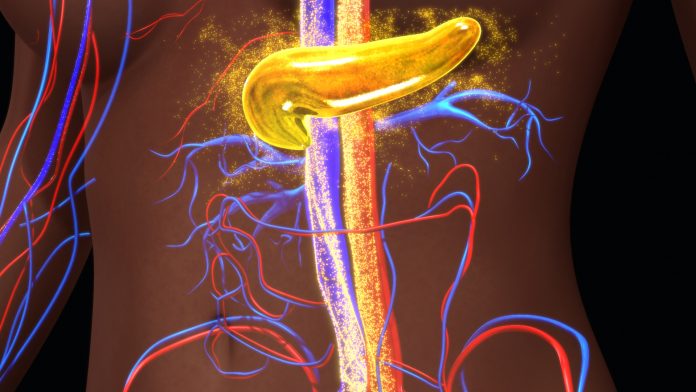Scientists from the EU-funded VANGUARD project have received €6,844,625 to develop a bio-artificial lab-grown pancreas.
By developing an artificial lab-grown pancreas, the VANGUARD project aims to give people with insulin-dependent diabetes alternatives to waiting for a pancreas transplant.
Without a fully functioning pancreas, a person with diabetes risks prolonged high blood-glucose levels, which can result in blindness, fatigue, and lost limbs. Low blood-glucose levels can also result in fainting, seizure, and even death. To remain healthy, a person with Type 1 diabetes must inject insulin several times a day alongside constant monitoring of blood glucose levels.
Why do we need to develop an artificial pancreas?
According to a diabetes expert from the University of Geneva and coordinator from the VANGUARD project, Dr Ekaterine Berishvili, pancreas transplants are the closest thing to a cure for diabetes, with an 80% success rate. Unfortunately, transplants cannot be offered to everyone due to the costs and availability of the organ from donors.
In the US, around 40,000 people are diagnosed with Type 1 diabetes each year. However, a pancreas transplant can cost upwards of $20,000, meaning that many people cannot afford this lifesaving treatment.
Having an insulin pump fitted is an alternative to transplantation. Although this is a viable option for many people, the patient must use the pump at all time and can only take it off in short intervals. By developing an artificial lab-grown pancreas, researchers can allow patients to live without insulin injections and constant monitoring.
How will the lab-grown pancreas be made?
Berishvili aims to develop a bio-artificial lab-grown pancreas by using stem cells and gene-editing technology (CRISPR) to grow transplant ready organs in a laboratory, a cheaper and easier method of transplanting pancreases for Type 1 diabetes patients. The VANGUARD pancreas will be made using stem cells extracted from placentas, using one placenta the researchers can get material for 25 artificial pancreases.
According the researchers for the VANGUARD project: ‘We will construct a bioartificial pancreas by assembling insulin- producing organoids, composed of islet cells, human amniotic epithelial cells (hAEC) and blood outgrowth endothelial cells (BOECs), into an amniotic membrane-derived hydrogel.
‘Components of the amniotic membrane will provide extracellular matrix and mechanical protection and confer their well-defined anti-inflammatory and immunomodulatory properties to the constructs.’









